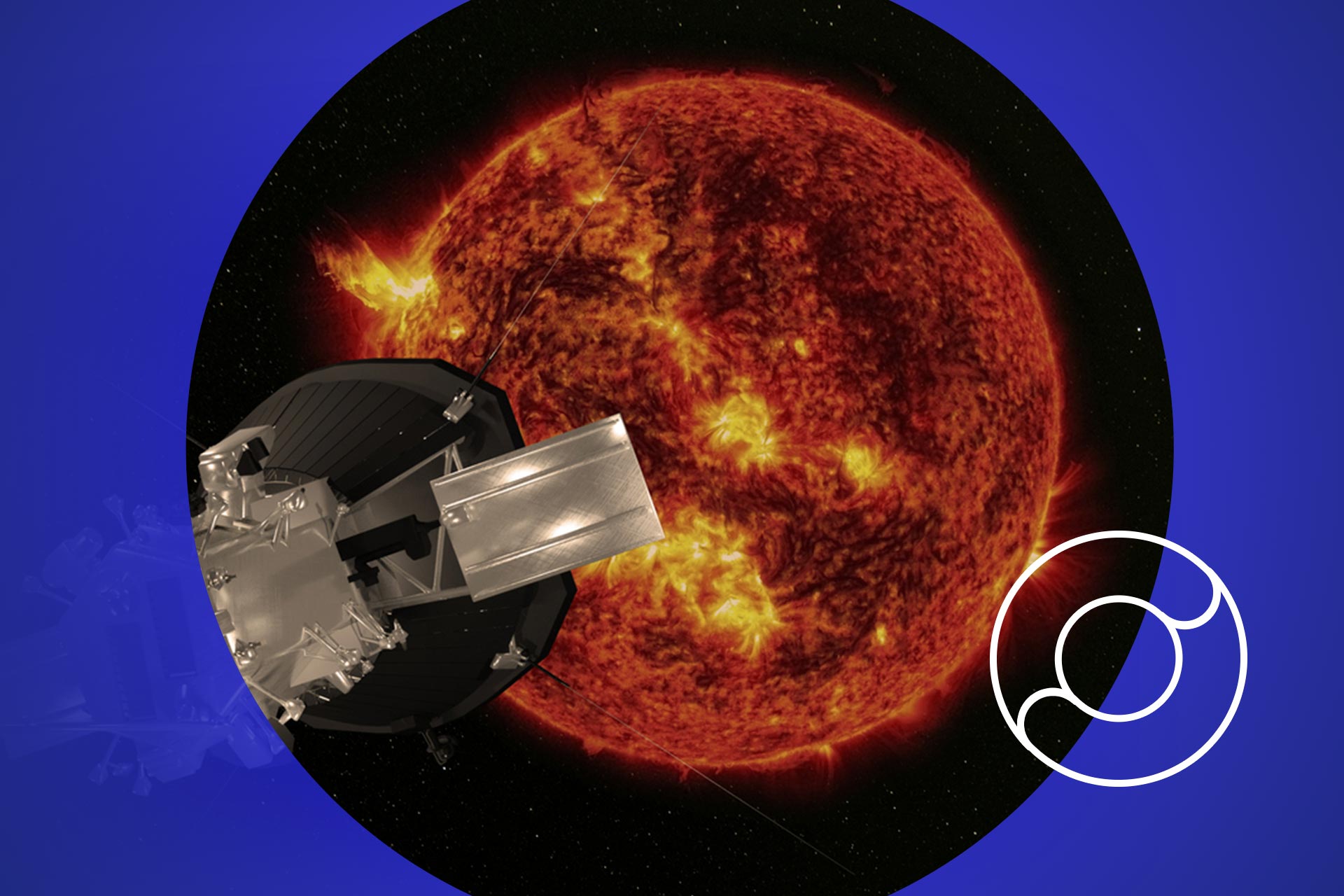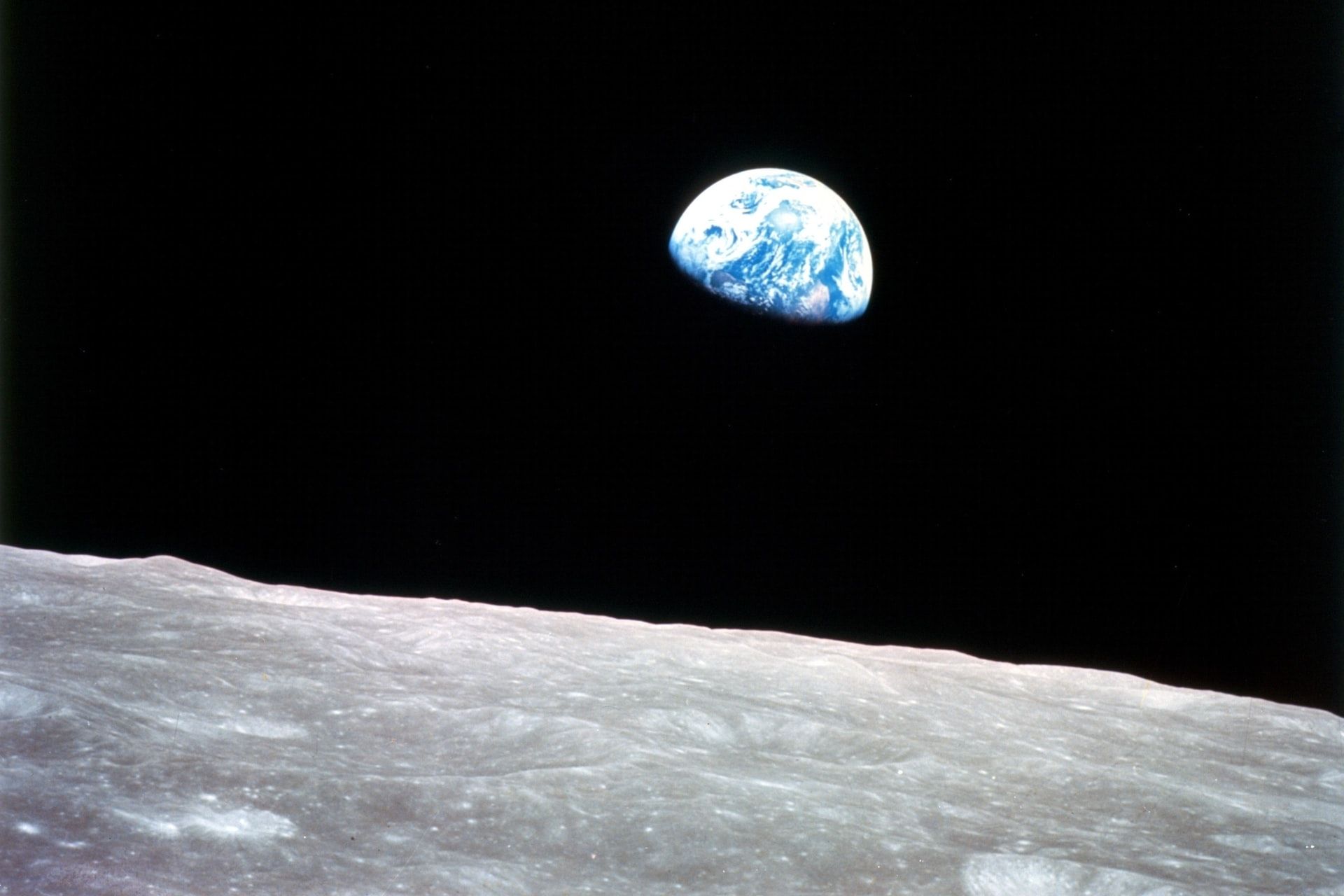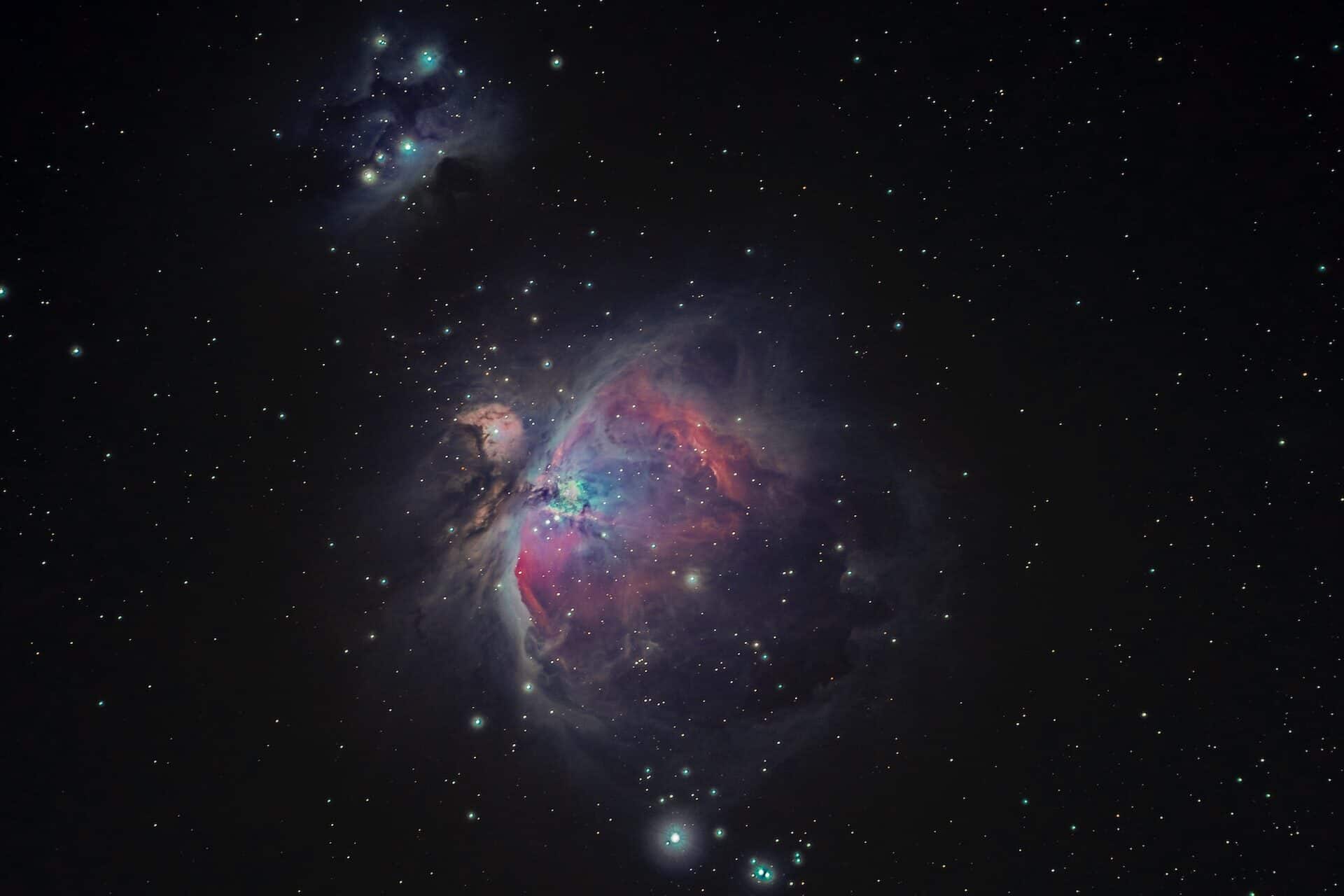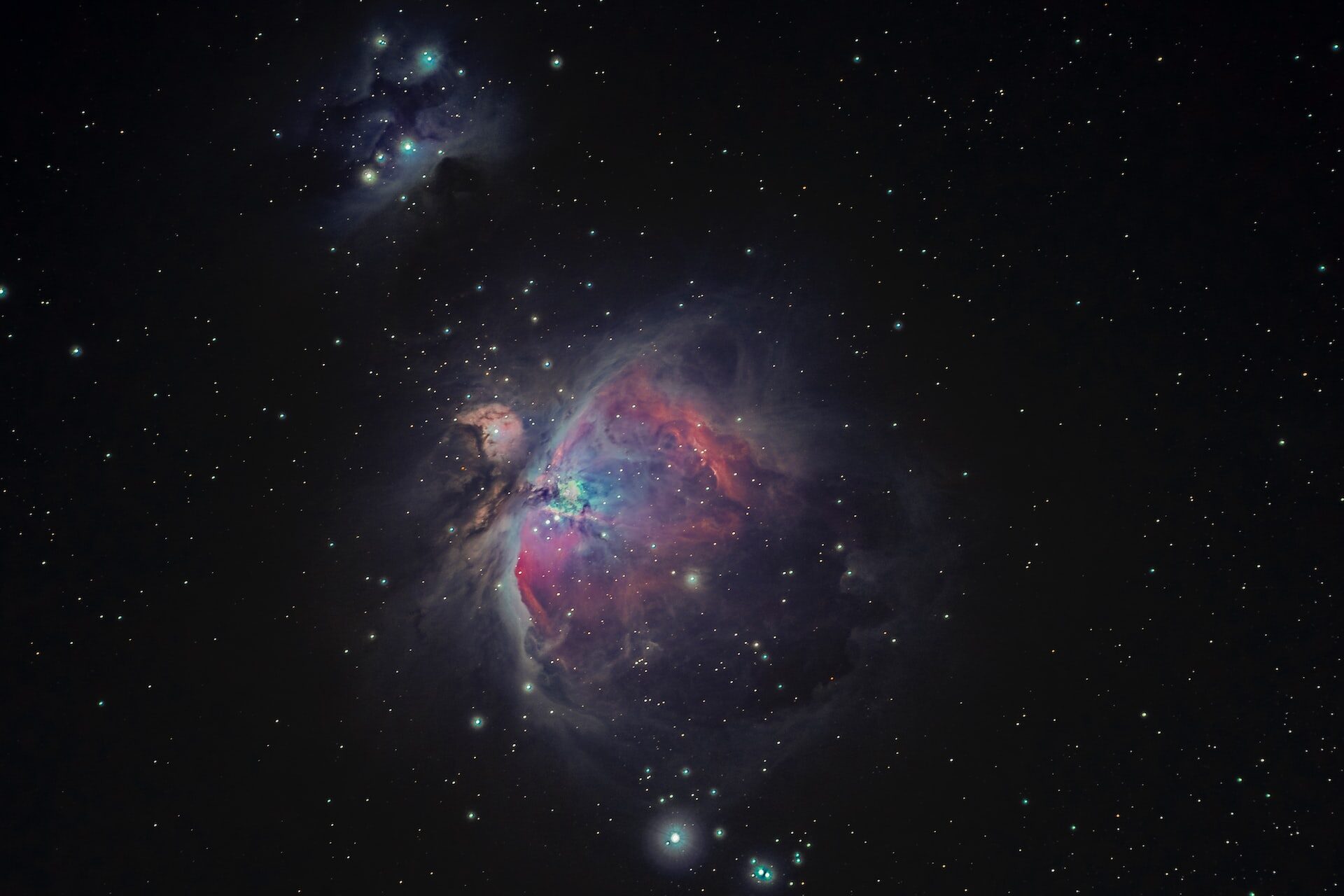
The Parker Space Probe: What We Hope to Learn
August 7, 2018 - Emily Newton
Revolutionized is reader-supported. When you buy through links on our site, we may earn an affiliate commision. Learn more here.
Have you heard about the Parker Space Probe?
We’ve sent probes to the farthest reaches of our solar system. Voyager I and II have left the solar system and are the first human-built craft to explore interstellar space. New Horizons sent us back the first high-resolution photos of Pluto. Cassini gave us some of the most amazing pictures of Saturn before it plunged to its fiery demise in the gas giant’s atmosphere. Even the rovers on Mars, Opportunity and Curiosity, are technically space probes.
The Parker Space Probe is one of the newest probes in our fleet, and NASA will launch it sometime in the next month. Where is the Parker Space Probe going, and what do we hope to learn from it?
Countdown to Launch
The new probe is scheduled to be launched no earlier than Aug. 6, depending on the weather at the time. This probe is one of a kind — a solar probe. The extreme heat of the sun means while we’ve been studying our home star for decades, we’ve been doing it from a distance. The Parker Space Probe will change that by letting us get into the sun — at least into the first layer of the sun, also known as the corona — for the first time.
Super Heat Shield
Solar heat and energy are a large part of why we haven’t been able to learn more about the sun. Until now, nothing could survive being close enough to the sun to take any meaningful readings and send them back through the massive amount of radiation interference before burning up. Why is the Parker Probe different?
The probe has a specially designed heat shield made from a carbon foam composite that sits between two carbon plates. Add a little bit of heat-resistant white paint, and this shield is enough to drop the temperature of the probe from the 2,200 degrees Fahrenheit of the sun’s corona down to a warm, but comfortable, 85 degrees Fahrenheit.
This shield is only four and a half inches thick, but in testing, has been able to withstand temperatures of up to 3,000 degrees Fahrenheit. The instrumentation will be safe from the extreme temperatures — everything except for the Faraday cup that allows the device to measure solar wind. This probe is made of a titanium-zirconium-molybdenum alloy that has one of the highest melting points of any modern metals.
Wiring is another problem — most wire is insulated with rubber or similar products, which has a very low melting point. Instead of using copper wire and rubber insulation, this probe has niobium wire suspended in a sapphire crystal tube.
Learning From the Sun
What are scientists hoping to learn from the Parker Space Probe?
There’s a lot more to the sun than the light and heat it gives us. We might not be able to see it, but it is generating a variety of radiation and solar wind. The Faraday cup will be able to help us better understand solar wind, including why and how it reaches supersonic speeds. We know where it comes from — now we’ll hopefully be able to know why.
NASA also hopes the probe will teach us why the corona of the sun spikes to millions of degrees, when the normal temperature of the sun’s surface usually doesn’t exceed 10,000 degrees Fahrenheit. It seems strange, especially since the sun’s core produces all its energy. You might assume the sun would be hotter at the core than in the corona, but it’s the other way around.
Finally, the probe will be able to study the solar particles that shoot away from the sun at roughly half the speed of light. These particles interfere with satellites and other electronics in orbit around our planet.
It will likely also allow us to predict solar storms that can unleash these particles. We can predict terrestrial storms with a relatively high degree of accuracy, but we can’t predict the massive solar storms that could potentially impact this planet.
Interference and Delays
It will take the probe roughly four months to reach the sun after it slings past Venus, but we won’t get any readings back for quite a while. The radio interference the sun produces will make it difficult to send information back to Earth. While it is out of contact with home, the probe will work entirely autonomously.
During its orbit, the probe will dip into the sun’s corona multiple times and send back as much data as it can collect. There’s no telling what we’ll be able to learn from this probe. We will be observing it once it launches in August, and closely following the information it sends back over the next year.
Featured image source: NASA, The John Hopkins University of Applied Physics Laboratory LLC
Revolutionized is reader-supported. When you buy through links on our site, we may earn an affiliate commision. Learn more here.
Author
Emily Newton
Emily Newton is a technology and industrial journalist and the Editor in Chief of Revolutionized. She manages the sites publishing schedule, SEO optimization and content strategy. Emily enjoys writing and researching articles about how technology is changing every industry. When she isn't working, Emily enjoys playing video games or curling up with a good book.




